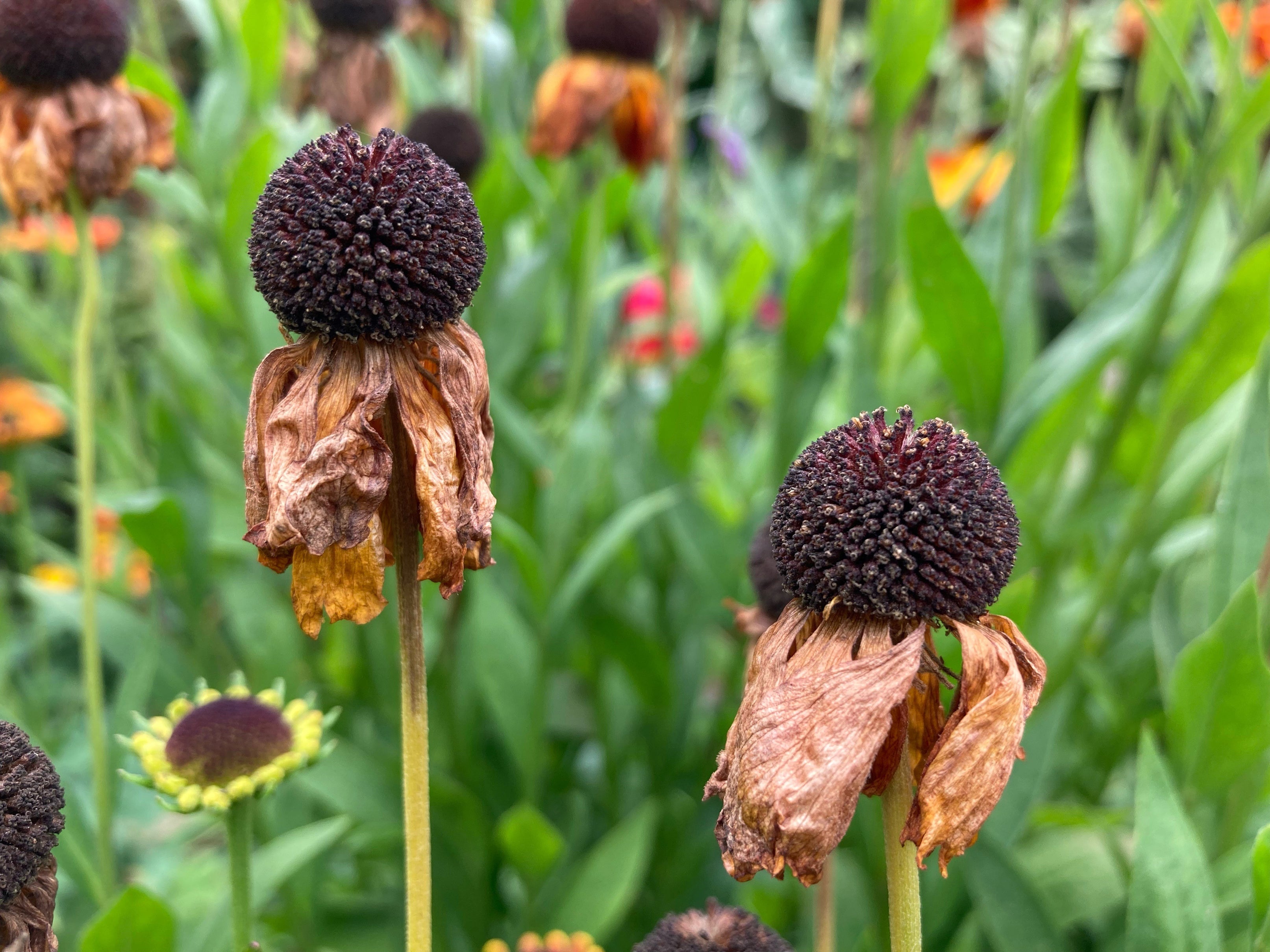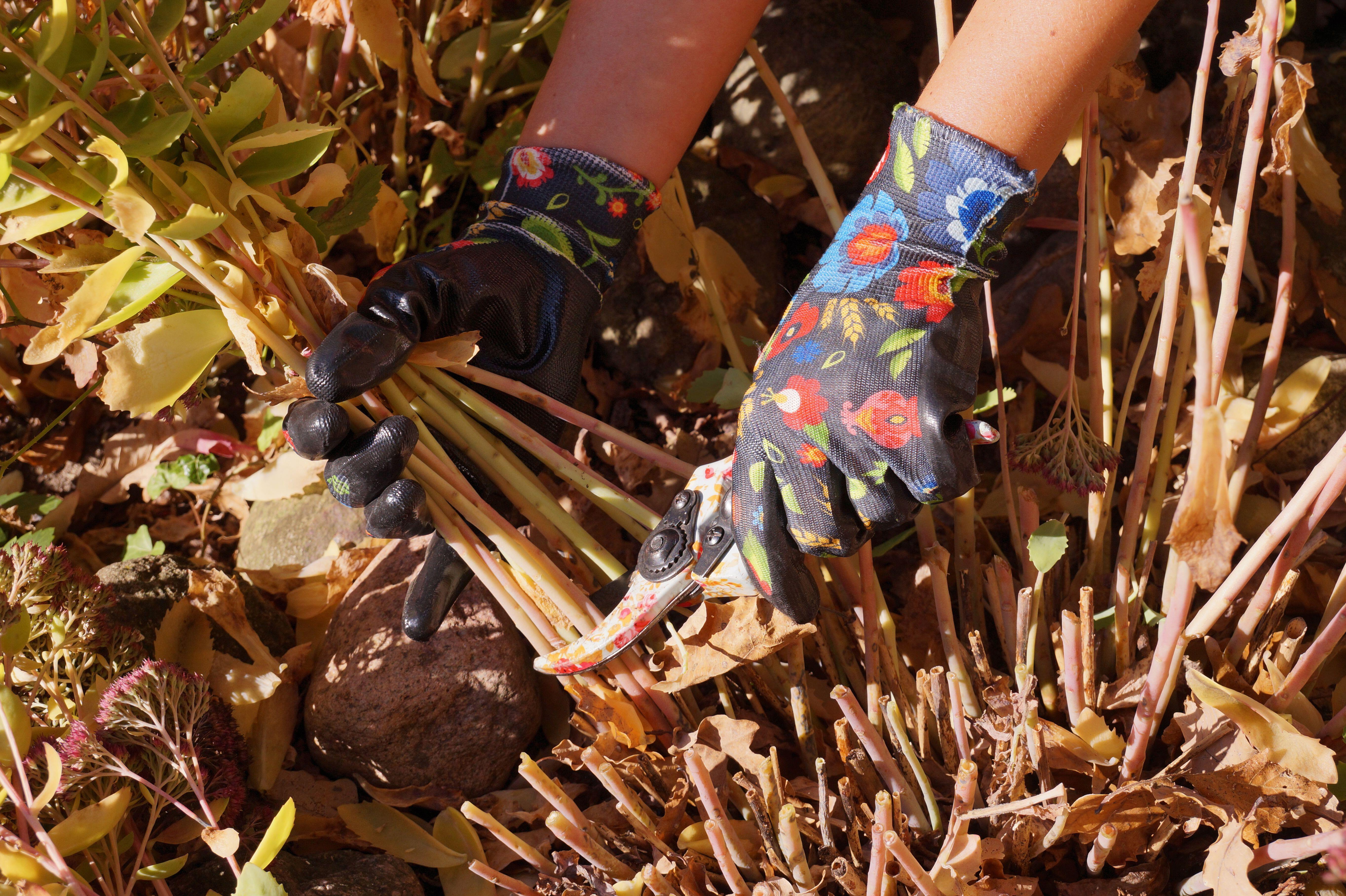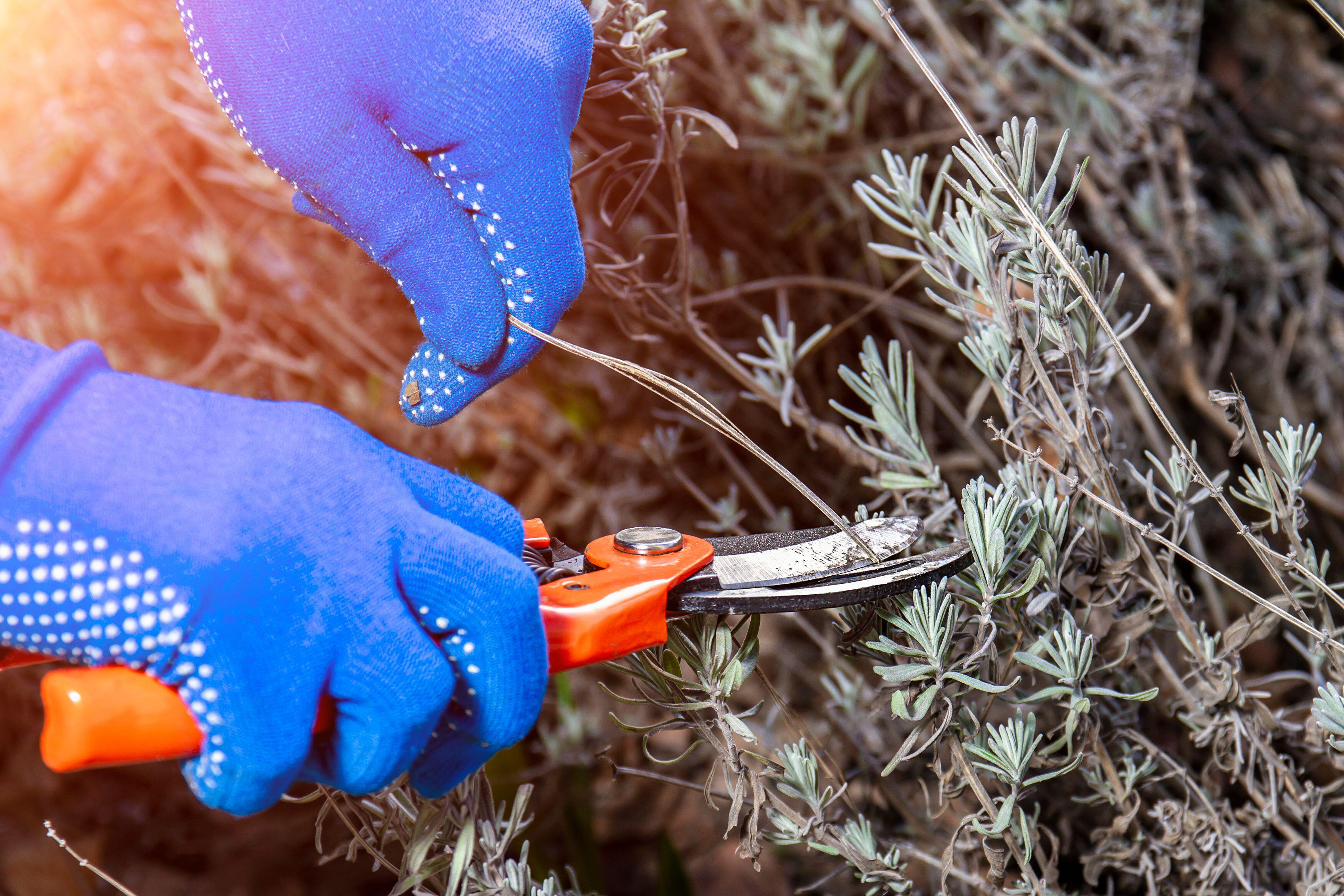
Autumn is a time for a good tidy-up, when you can cut back overgrown plants so they will build energy for new growth for next year – but don’t forget to leave some stems intact over winter to help wildlife through the coldest months.
Many wildlife experts advise leaving seedheads on perennials such as rudbeckias, echinaceas and heleniums, which will also hold good structural interest as the deep-brown flower centres will remain when the petals are spent.
Leaving some plant skeletons will help provide winter cover for insects, material to forage on and shelter, and if you leave enough, the birds may use old plant material for nesting the following year.

However, now is your last chance to tackle a little autumn pruning on plants which will benefit from it. It won’t be anything major or heavy-handed, but predominantly a trim to keep your plants looking tidy without taking too much off which might leave them vulnerable to the elements over winter.
1. Roses
Prune hybrid tea (large-flowered) roses and floribunda, but don’t hard-prune, just cut back selectively to protect the plant from windrock, which will break the stems and even lift the roots if storms prevail over the cooler months.
Cut stems back by about 1ft (30cm), so it’s really a case of tidying up, always cutting above a leaf. The main pruning period for roses is late winter when they are still dormant and new growth hasn’t yet appeared, when you can take out deadwood and old wood.
If you notice signs of blackspot when you are pruning your roses, remove any affected leaves on the plants and any fallen ones and dispose of them, but don’t put the diseased leaves on the compost heap.
2. Untidy perennials

Perennials such as lupins, delphiniums, phlox and peonies, which flowered earlier in the summer but have no seedheads on them for wildlife, will be looking bedraggled now, so cut the stems and leaves back and give them a good mulch with organic matter to help them build energy for next season.
Other shrubs such as hydrangeas can be left, as their brown flowers will not only help protect the plant but will also create structural interest over winter.
3. Fruit bushes
You may have enjoyed gluts of gooseberries, blackcurrants and redcurrants, but if you want just as many fruits next year, prune out the stems which have fruited in autumn. Summer-fruiting raspberry canes should be cut back to the ground. Remove crossing branches of gooseberries to create a goblet, and cut down any remaining canes of blackberries that have borne fruit this year.
4. Lavender and rosemary

These fragrant Mediterranean plants can be cut back before winter sets in, but make sure you don’t cut back into old wood or they won’t recover. Tidy and reshape the plant using secateurs or shears.
5. Buddleia davidii (Butterfly bush)
These vigorous shrubs may be a magnet for butterflies but they are also seen as a bit of a thug in the garden, thanks to their wayward habit and fast-growing nature. So give them a tidy-up in autumn, cutting them back just enough to keep them in check, before the main prune (when you can be pretty ruthless) in early spring.
6. Yew hedges
Yew has become increasingly popular in gardens, often replacing box which in recent times has succumbed to box blight. This native evergreen has long been a favourite in hedging plants or even clipped as topiary. It is a vigorous conifer, so ideally needs pruning at least once a year in summer or early autumn, to help it retain its clean shape over winter. It is also one of the few conifers that can regenerate from old wood if cut back hard.
7. Deciduous trees
As the dormant season begins, it’s a great time to trim newly planted trees into a balanced canopy and remove damaged growth. Birch and hornbeam will benefit from this as if you prune them in the summer they can bleed profusely, while damaged stems of laburnums, with their yellow flower trails, can be removed.
8. Mature hawthorns
If you have an established wildlife-friendly hawthorn hedge which bears blossom and berries, and whose spiky branches can also deter burglars, give it a final trim in early autumn to keep it looking neat over winter. But if you prefer a less formal look to encourage more wildlife, only cut it once or every other year, the RHS advises.







